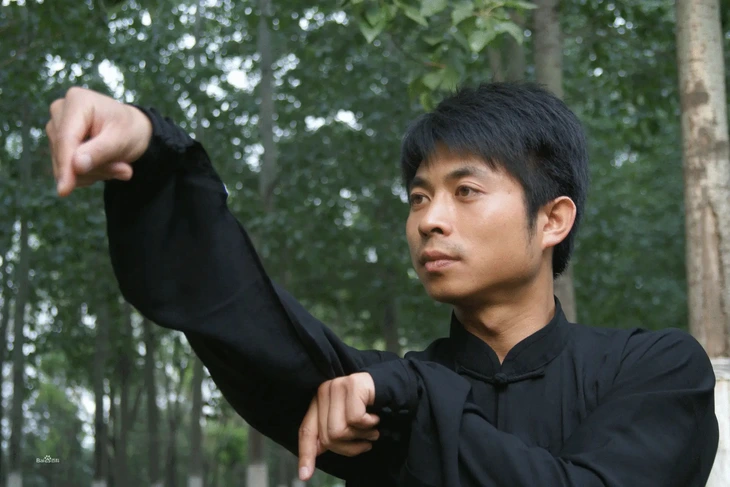
Mantis pose - based on the praying mantis pose - Photo: WN
The answer is not Shaolin, Wudang, Tai Chi, or Wing Chun, the famous kung fu schools of traditional Chinese kung fu.
A survey was conducted on the most popular martial arts forums in China - Kung Fu Magazine Forum, or Martial Arts Planet, and many reputable martial arts fanpages on Weibo. Many martial arts schools were mentioned, including Bajiquan, Xingyiquan, Wing Chun, Hung Gaquan. But the name that appeared the most was Tang Lang Quan, specifically Seven Star Tang Lang Quan (a branch of this martial art school).
This is a martial art from Northern China, born during the Ming and Qing dynasties, famous for its decisive fighting philosophy, fast-hitting techniques, joint-breaking hooks, and close-range combos.
Dubbed the "survival martial art", Tang Lang Quyen is not only outstanding in theory but has also proven its superiority many times in internal martial arts competitions, and was even used in the army and security forces during the Republic of China period.
Origin and meaning
Lang Quan was born around the 17th century in Shandong province, founded by a legendary figure named Wang Lang.
According to legend, Wang Lang once fought a Shaolin monk and lost. On his way back to his hometown to practice asceticism, he happened to observe a small praying mantis fighting a large cicada.
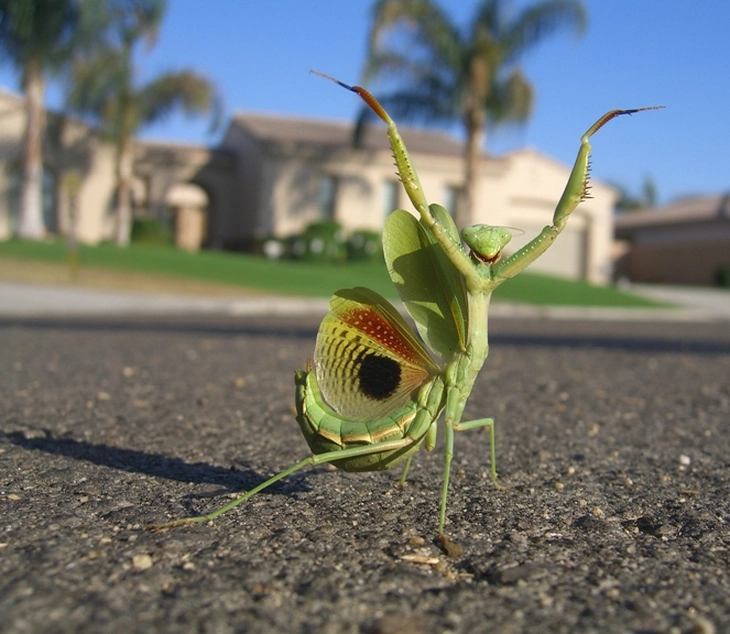
The mantis fist originates from the fighting stance of the praying mantis, a famously strong insect - Photo: SH
Vuong Lang was impressed by the mantis's quick hooks, precise counterattacks, and ability to stay grounded despite its small size.
From there, he built his own technical system imitating this creature, combined with his accumulated martial arts knowledge, creating an independent martial art school: Duong Lang Quyen - or "praying mantis martial arts".
Over many generations, the Seven Star Path became the most prominent branch of the Path system, notable for the concept of “Seven Stars” – symbolizing the Big Dipper constellation, implying the close connection between combat techniques.
Unlike many martial arts schools that emphasize softness or health-preserving philosophy, Tang Lang Quan develops entirely around actual combat: fighting to survive, attacking to eliminate danger.
Why is Lang Fist considered the most practical?
Technically, Tang Lang Quan does not rely on long, flashy moves or acrobatic stunts. The entire system is built around the key elements of a real fight: quick strikes, short strikes, combos, breaking pillars, and locking joints.
The signature technique is the hook punch called “cầu thủ”, which hits the opponent’s neck, throat, eyes or knuckles. This is accompanied by elbow, knee, leg cuts, and strikes to the ribs and ankles.
Disciples of this martial art school are trained according to the principle of "non-stop attacks", which means that once they are within close range, they will attack continuously so that the opponent has no time to react.
Unlike many Kung Fu schools that have been commercialized or turned to performance, Tang Lang Quan still retains the spirit of "close combat in a narrow space", true to the circumstances of street fighting, self-defense or traditional martial arts competitions.
This technical system was also applied to the self-defense training program for the armies of the Republic of China government during the 1920–1930 period.
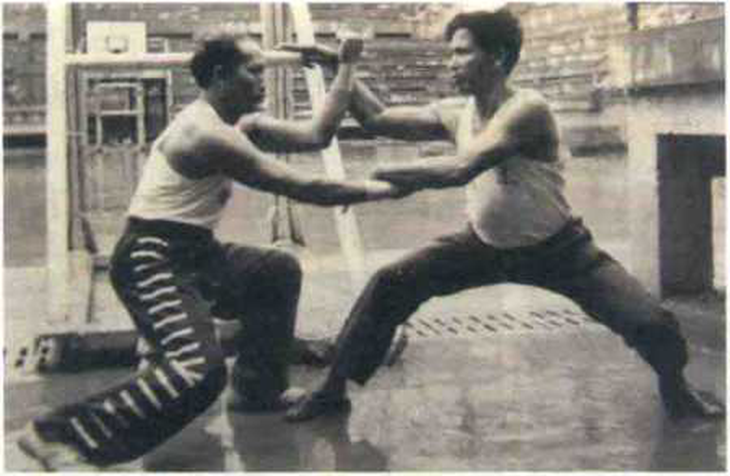
There are many documents showing that the Tang Lang Fist was included in military training during the Republic of China era - Photo: TN
The testimonials
In 1928, the Kuomintang government held the National Martial Arts Congress in Nanjing – a historic event that brought together more than 400 martial arts masters from all over the provinces.
Here, the fighters representing the Seven Star Tang Lang sect from Shandong attracted great attention when they won against the masters of the Xing Yi, Wu Xing and Tai Chi sects thanks to their ability to quickly break pillars, close-range attacks and continuous locking techniques.
According to the document “Wushu Studies Compilation” published in 1936 by Li Jinghan, Tang Lang Quan's strikes often "hit the neck, jerk the hand, hook the joint, causing the opponent to lose momentum before he can strike", thereby achieving an overwhelming victory.
In the 1950s–1960s, in Hong Kong, martial artist Wong Han-hun – a Seven Star Grandmaster – had many duels with representatives of Wing Chun, Baji, Hung Ga and Bai He.
Although most of these matches were not filmed, students from both sides confirmed the surprising effectiveness of the Tang Lang's hooks and pulls to break the pillars. One of Wing Chun's students once said that after only a few counterattacks, he lost his balance and was unable to launch his mid-range series of punches.
Also during the Republic of China period, Seven Star Hall martial arts masters were invited to military academies such as Whampoa to teach close combat techniques.
Comments from experts
Many international martial arts masters, when exposed to the Seven Star Tang Lang Fist, have acknowledged its practicality and high applicability. Master Brendan Lai, who opened the first Tang Lang martial arts school in San Francisco (USA), once declared: "Other schools teach you beautiful movements. Tang Lang teaches you how to survive."
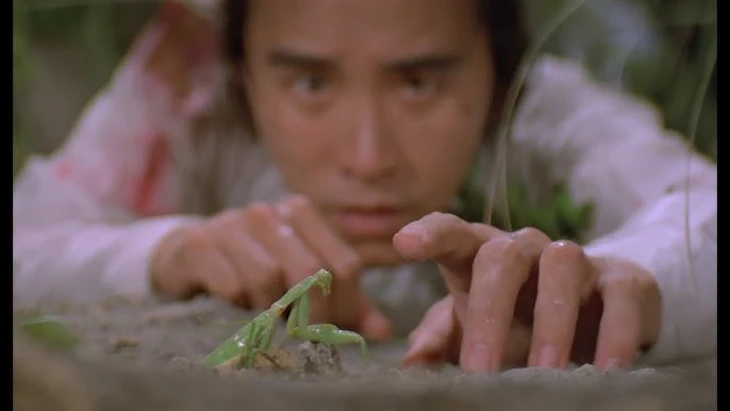
The legend of the praying mantis martial arts is often portrayed in movies: Photo: HQ
Martial arts expert Carl Albright, who has trained both Brazilian Jiu-Jitsu (BJJ) and some kung fu styles, commented: “Seven Star Wolf Fist does not need distance, does not need long strikes. Just one gap and you are caught, your balance is broken, and you are locked.”
“Compared to many performance-oriented Kung Fu styles, Tang Lang Fist is striking because of its purely combat-oriented design philosophy,” said British martial arts master Kenneth Delves, who trained close combat troops. “Everything is aimed at finishing quickly in real situations.”
Among hundreds of Chinese Kung Fu schools with rich cultural, philosophical and performance elements, Tang Lang Quyen stands out as a "purely combat" martial art system - no embellishment, no frills, only focusing on defeating the opponent with real skills.
Powerful moves in That Tinh Duong Lang Quyen
That Tinh Duong Lang is famous for its hooks, jerks, locks and extremely fast counterattacks. Some outstanding combat techniques include:
Hook Hand Tram Yet: use a hook to grab the neck and pull back to hit the throat - an extremely fast attack at close range, highly dangerous.
Chained Sweep: continuously sweep the hand, hitting the flank and chest to disrupt the opponent's counterattack rhythm.
Pillar Breaking Strike : use a hook to pull the opponent's pillar away, combined with hitting the shoulder or neck when falling.
Iron Claw Joint Release: a technique of using the hand to pull strongly on the elbow or wrist joint, creating a painful locking effect.
Kim Ke Doc Lap: a defensive move in a counterattack position, keeping balance while being able to suddenly kick the opponent's groin or stomach.
These techniques focus on speed, surprise and eliminating physical weaknesses – factors that make the school's reputation in combat.
Source: https://tuoitre.vn/vo-phai-nao-giau-tinh-thuc-chien-nhat-lang-kung-fu-trung-quoc-20250626224914846.htm



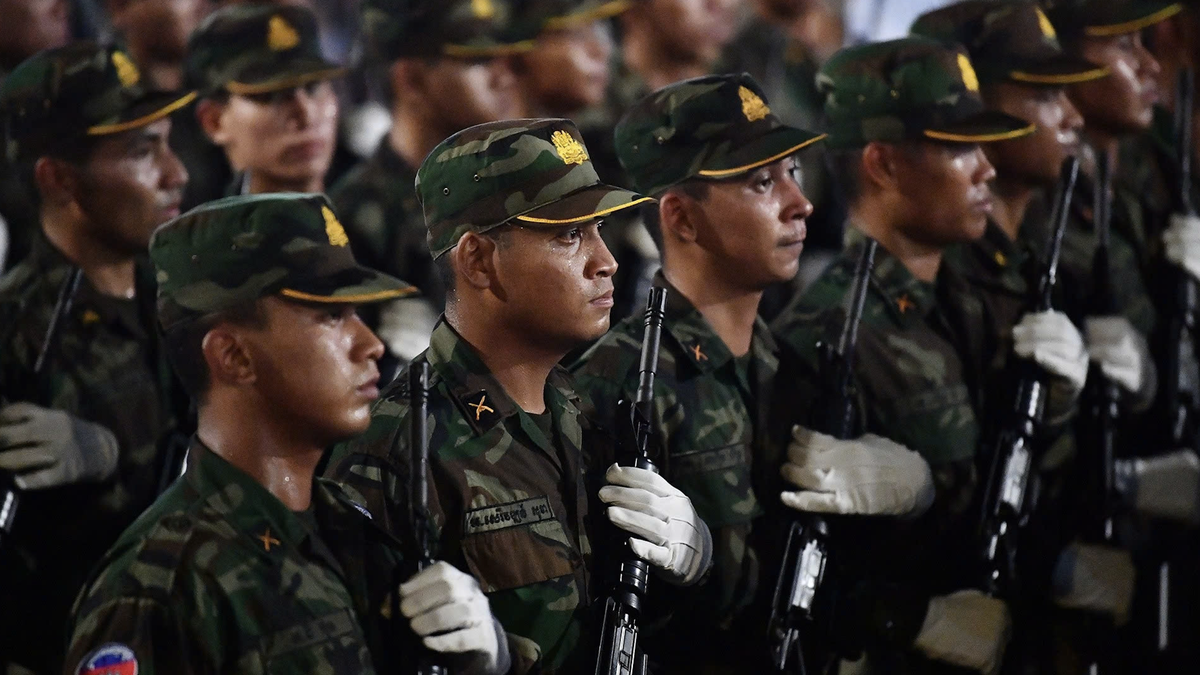
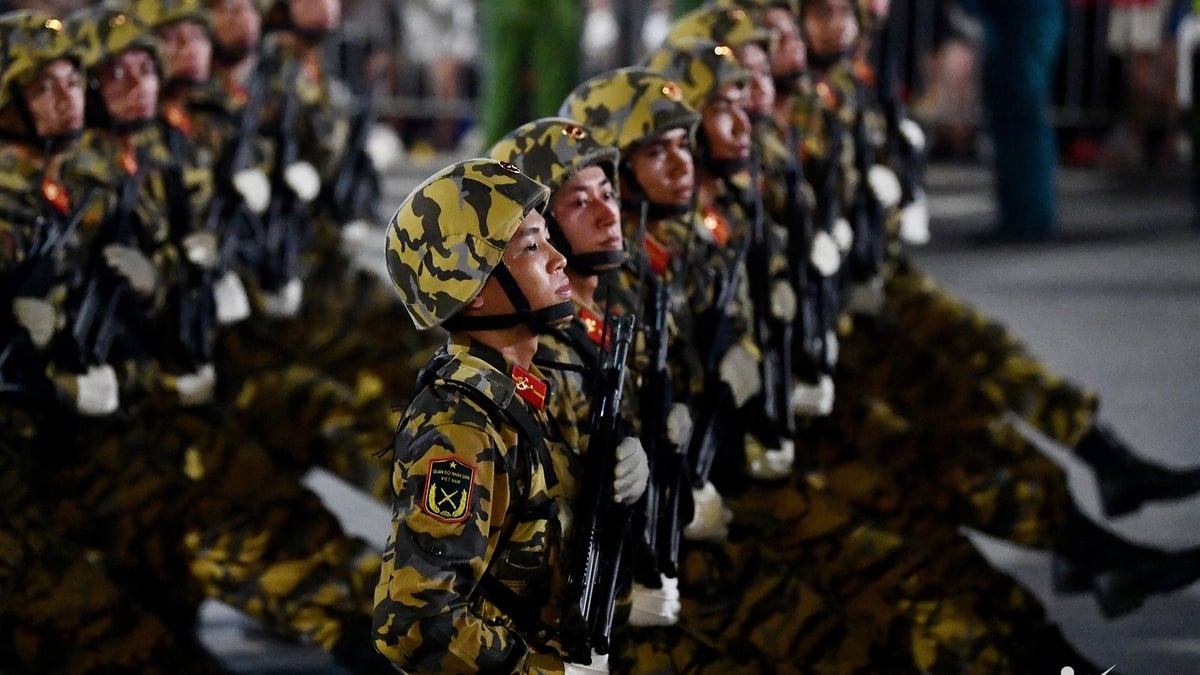
![[Photo] General Secretary To Lam attends the opening ceremony of the National Achievements Exhibition](https://vphoto.vietnam.vn/thumb/1200x675/vietnam/resource/IMAGE/2025/8/28/d371751d37634474bb3d91c6f701be7f)

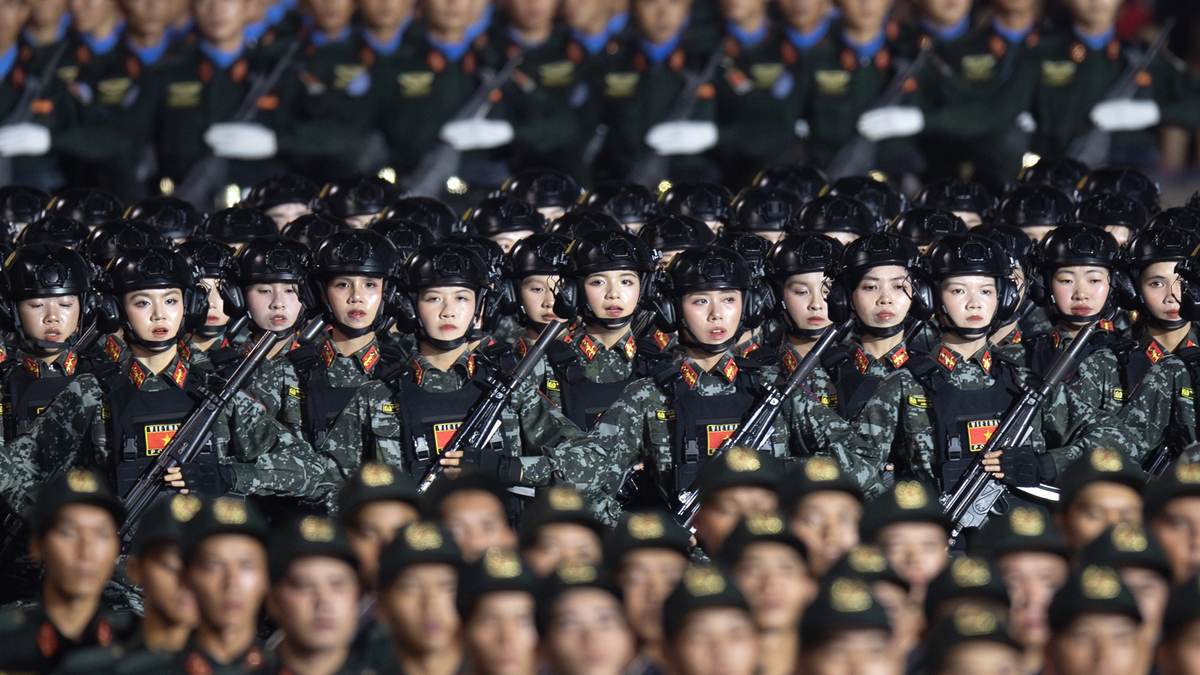
![[Photo] National Assembly Chairman Tran Thanh Man holds talks with New Zealand Parliament Chairman](https://vphoto.vietnam.vn/thumb/1200x675/vietnam/resource/IMAGE/2025/8/28/c90fcbe09a1d4a028b7623ae366b741d)
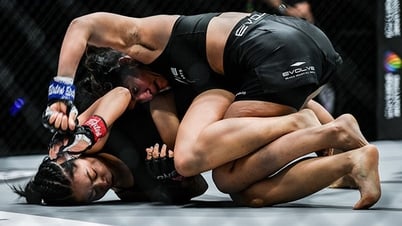

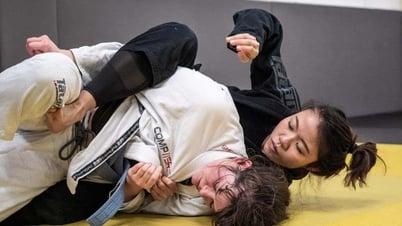














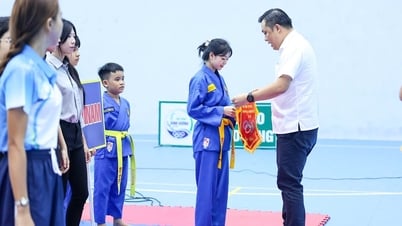











![[Photo] Images of the State-level preliminary rehearsal of the military parade at Ba Dinh Square](https://vphoto.vietnam.vn/thumb/1200x675/vietnam/resource/IMAGE/2025/8/27/807e4479c81f408ca16b916ba381b667)

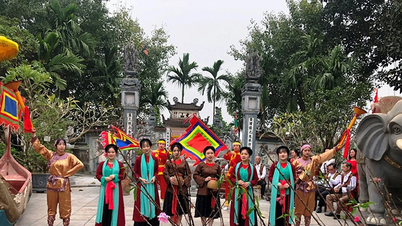





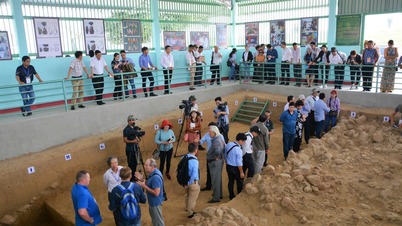



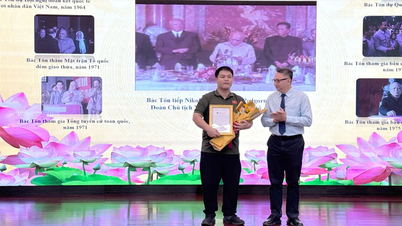





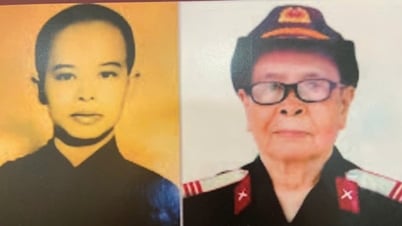























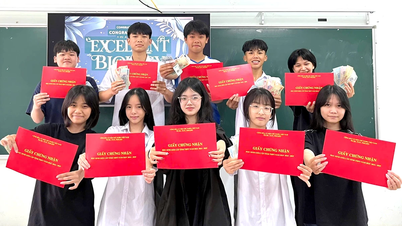




















Comment (0)